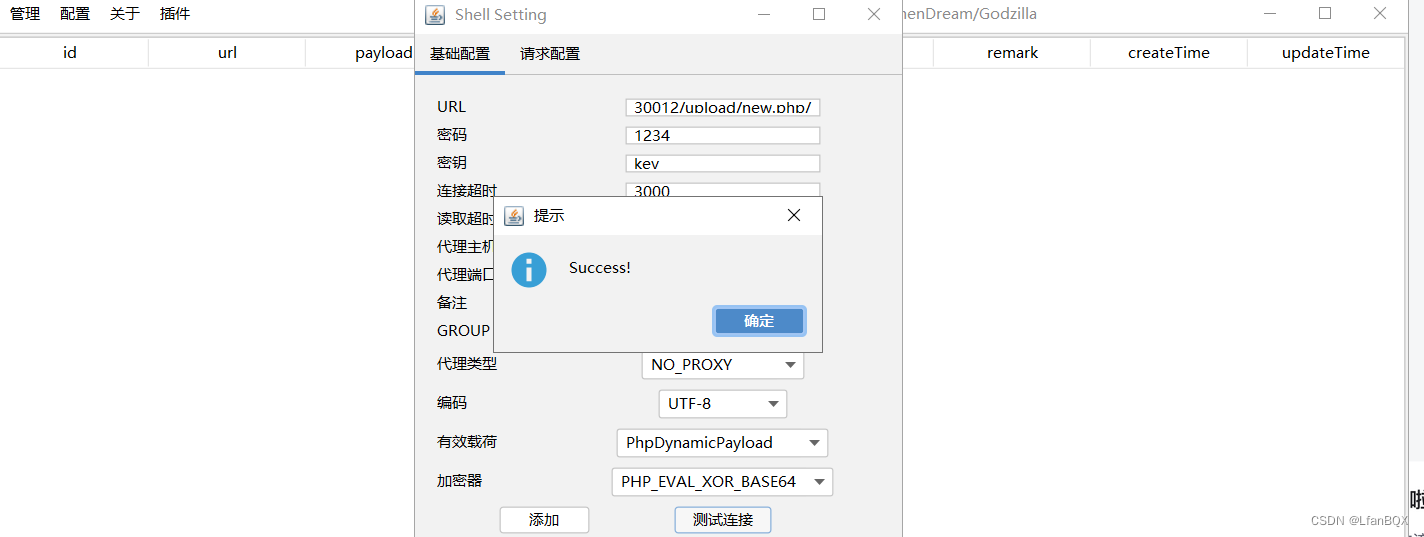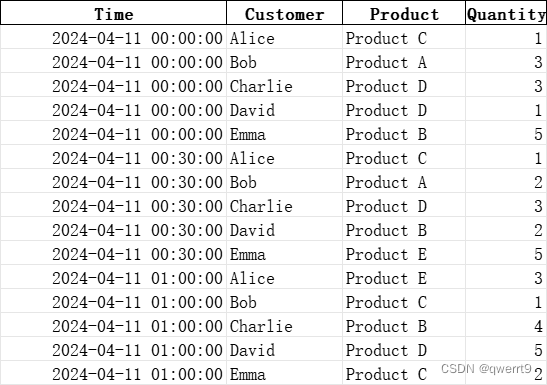外汇兑换问题的最优子结构分析
- 一、 当所有交易佣金为零时
- 1.1 伪代码示例:
- 1.2 C代码示例
- 二、 佣金不为零时的最优子结构性质
- 三、 结论
在考虑外汇兑换问题时,我们面临的是如何通过一系列兑换操作,以最小的成本将一种货币转换为另一种货币。这个问题可以通过动态规划的方法来解决,特别是当交易佣金为零时。在本节中,我们将首先证明当所有交易的佣金为零时,最优兑换序列问题具有最优子结构性质。然后,我们将探讨当佣金不为零时,问题的性质如何变化,并提供伪代码及C代码示例来说明解决问题的方法。

一、 当所有交易佣金为零时
假设我们有n种货币,需要从货币1兑换到货币n。对于任意两种货币i和j,存在一个汇率r_ij,表示可以用货币i兑换货币j的比率。在这种情况下,我们可以将问题分解为子问题:找到从货币i兑换到货币j的最优兑换序列。
由于没有交易成本,我们只需要关注汇率,因此每次兑换都是独立的,并且最优解是从当前货币到目标货币的所有可能兑换路径中选择兑换成本最小的那条路径。这意味着如果我们已经找到了从货币i到货币j的最优兑换序列,那么从货币i到任何其他货币k的最优兑换序列也可以用来构建从货币i到货币j的最优兑换序列,只需在到达货币j后继续执行从货币j到货币k的最优兑换序列。
这表明最优解可以通过组合子问题的最优解来构造,因此问题具有最优子结构性质。
1.1 伪代码示例:
function optimal_exchange_path(from_currency, to_currency, rates, n)
if from_currency == to_currency
return []
let optimal_paths be a table of size n
for each currency in 1 to n
optimal_paths[currency] = infinity
optimal_paths[from_currency] = 0
for i from 1 to n-1
for each currency j in range i+1 to n
for each currency k in range 1 to i
if rates[k][j] > 0
let path_cost = optimal_paths[k] + rates[k][j]
if path_cost < optimal_paths[j]
optimal_paths[j] = path_cost
optimal_paths[j].path = k
return reconstruct_path(optimal_paths[to_currency], from_currency, to_currency)
end function
function reconstruct_path(cost, from_currency, to_currency)
path = []
while from_currency != to_currency
from_currency = optimal_paths[from_currency].path
path.push_front(from_currency)
return path
end function
1.2 C代码示例
#include <stdio.h>
#include <stdlib.h>
typedef struct {
double cost;
int path;
} OptimalPath;
OptimalPath optimal_exchange_path(int from_currency, int to_currency, double rates[][10], int n) {
OptimalPath optimal_paths[n];
for (int i = 0; i < n; i++) {
optimal_paths[i].cost = INFINITY;
optimal_paths[i].path = -1;
}
optimal_paths[from_currency].cost = 0;
for (int i = 1; i < n; i++) {
for (int j = i + 1; j < n; j++) {
for (int k = 0; k <= i; k++) {
if (rates[k][j] > 0) {
double path_cost = optimal_paths[k].cost + rates[k][j];
if (path_cost < optimal_paths[j].cost) {
optimal_paths[j].cost = path_cost;
optimal_paths[j].path = k;
}
}
}
}
}
return optimal_paths[to_currency];
}
int main() {
int n = 5; // Number of currencies
double rates[n][n] = {{0, 1.5, 2.0, 0, 0},
{1.0, 0, 1.3, 1.8, 0},
{0.5, 0.4, 0, 1.2, 0.7},
{0, 0, 0.3, 0, 1.1},
{2.0, 0.7, 0.4, 0, 0}};
int from_currency = 0; // Start currency
int to_currency = 4; // End currency
OptimalPath result = optimal_exchange_path(from_currency, to_currency, rates, n);
// Reconstruct and print the path
int path[n];
int path_size = reconstruct_path(path, rates, result, from_currency, to_currency);
printf("Optimal path cost: %.2f\n", result.cost);
printf("Path: ");
for (int i = 0; i < path_size; i++) {
printf("%d ", path[i]);
}
printf("\n");
return 0;
}
int reconstruct_path(int[] path, double rates[][10], OptimalPath result, int from_currency, int to_currency) {
int path_size = 0;
while (from_currency != to_currency) {
path[path_size++] = result.path;
from_currency = result.path;
result = optimal_exchange_path(from_currency, to_currency, rates, n);
}
return path_size;
}
二、 佣金不为零时的最优子结构性质
当交易佣金不为零时,问题的性质变得更加复杂。在这种情况下,每次交易不仅要考虑汇率,还要考虑交易成本。这意味着最优解可能不再是简单地选择兑换成本最小的路径,而是需要在兑换成本和交易佣金之间做出权衡。
在这种情况下,最优子结构性质可能不再成立,因为子问题的最优解可能不会直接构成原问题的最优解。例如,即使从货币A到货币B的兑换成本很低,但如果每次交易都有较高的佣金,那么多次兑换可能会使得总成本超过一次性兑换的成本。
因此,在考虑交易佣金的情况下,寻找最优兑换序列的问题可能需要更复杂的策略,而不能仅仅依赖于动态规划。可能需要结合其他算法思想,如贪心算法或回溯搜索,来找到最优解。
三、 结论
外汇兑换问题在没有交易成本的情况下可以通过动态规划有效解决,因为问题具有最优子结构和重叠子问题的性质。然而,当引入交易佣金时,问题变得更加复杂,可能不再具有最优子结构性质,需要更高级的算法策略来找到最优解。通过伪代码和C代码示例,我们展示了如何在没有交易成本的情况下使用动态规划来找到最优兑换序列。在实际应用中,外汇交易者需要考虑所有相关成本,并可能需要使用更复杂的模型来做出最佳决策。
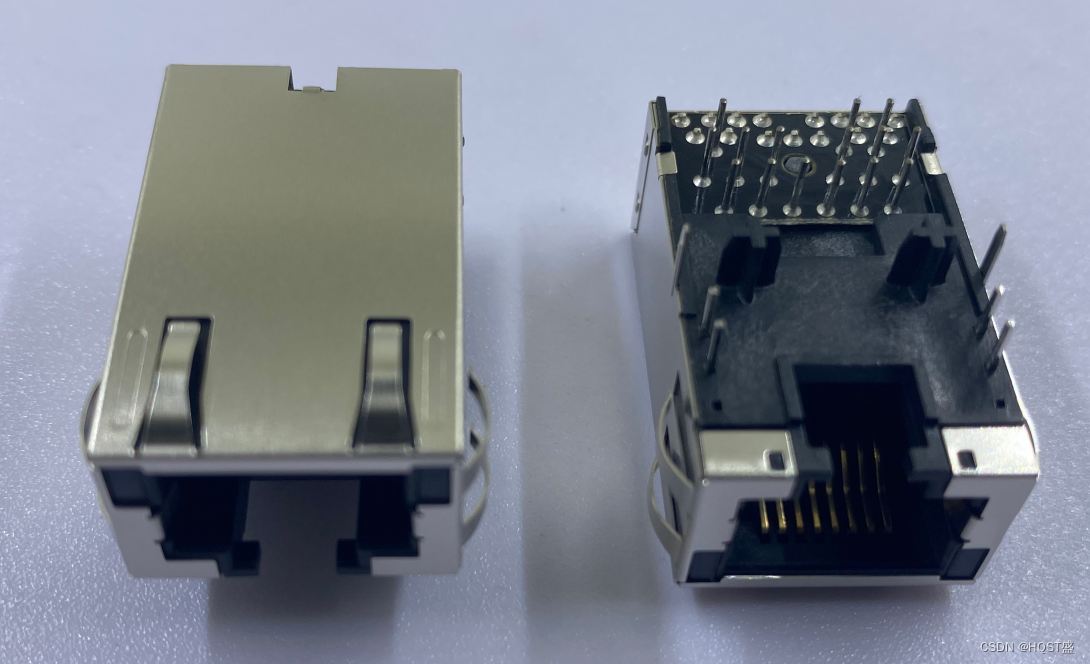







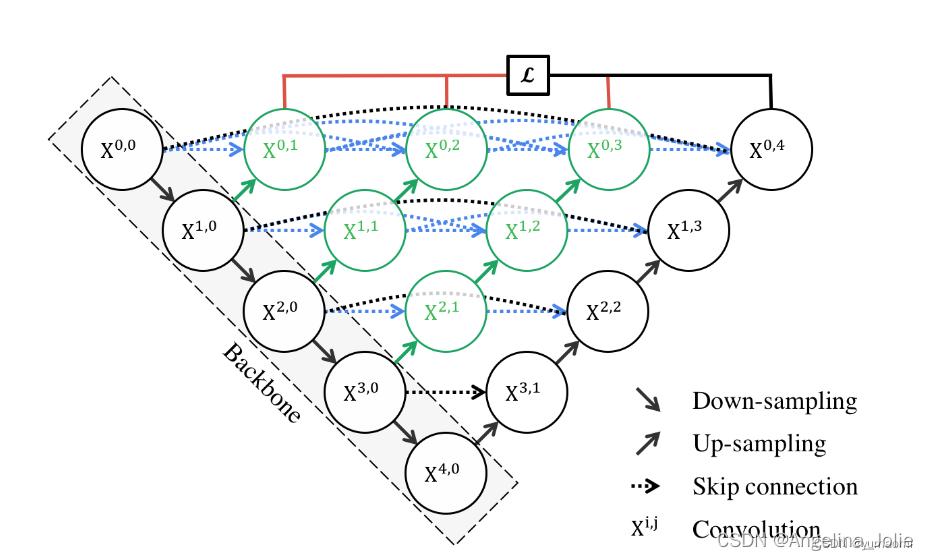
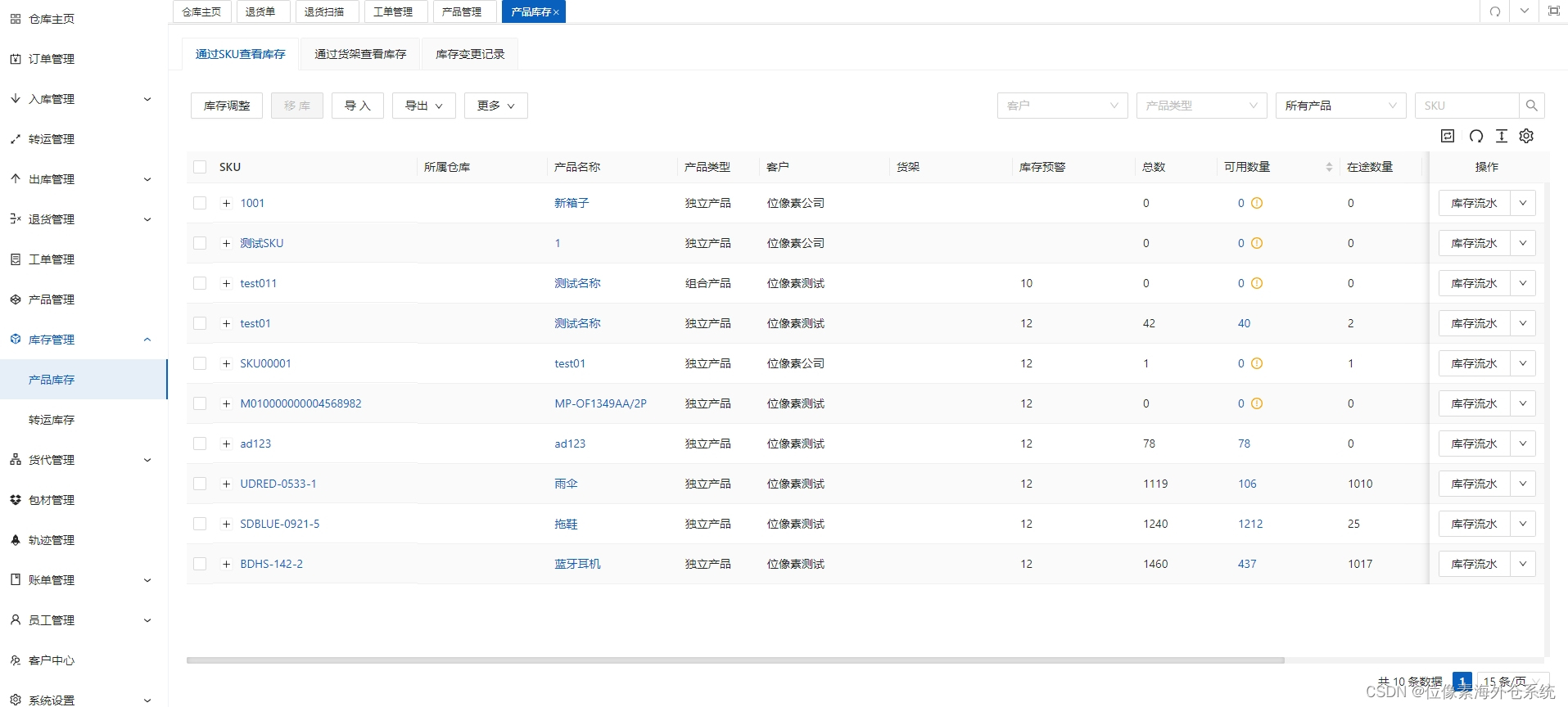


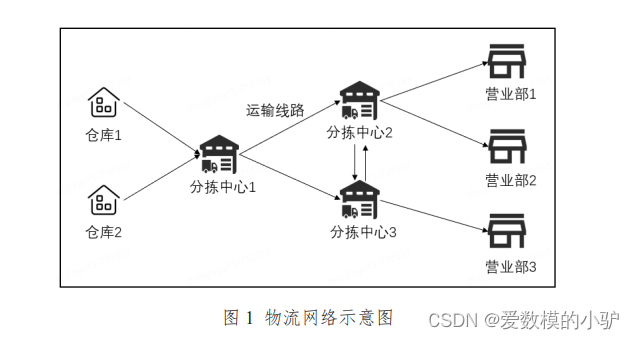

![[大模型]Yi-6B-Chat FastApi 部署调用](https://img-blog.csdnimg.cn/direct/5c79717db8944bf397fe34e753afe963.png#pic_center)
